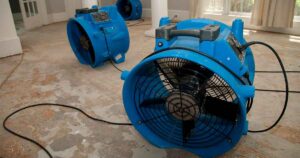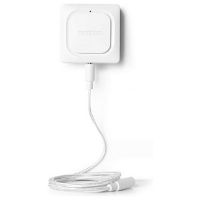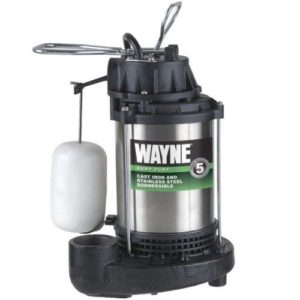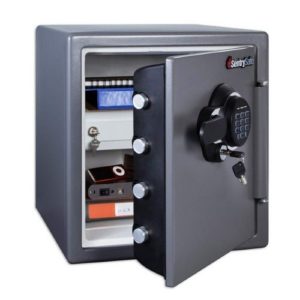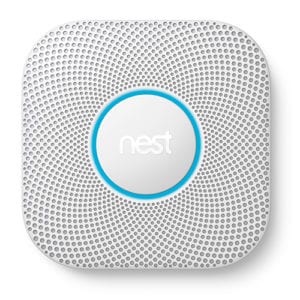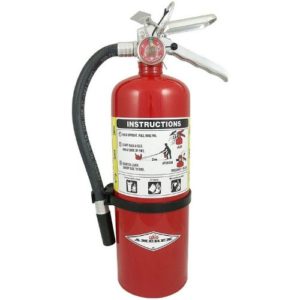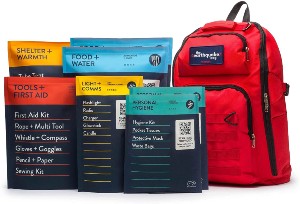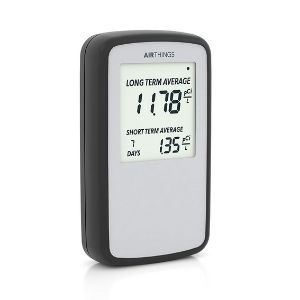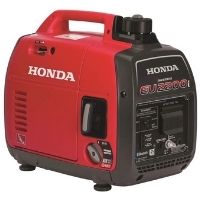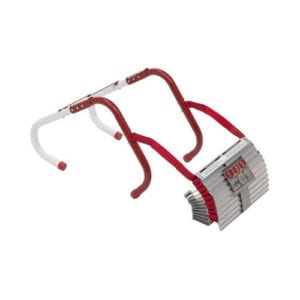The basics of what to do after a flood include the following:
- Stop the water at its source.
- Turn off the electricity (only if you can do so without stepping into water).
- Evacuate the premises.
You’ll also need to contact your insurer (or your landlord, if you rent), document everything, and then clean up to prevent further damage from mold.
A flooded home can be the result of external events—such as extreme weather—or internal issues, including plumbing failures. No matter what the source of water is, there are steps you must take to protect your family, save your home, prevent health hazards, and recoup as much of the cost of repairs as possible from your insurer.
See the full list of detailed steps below.
